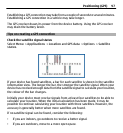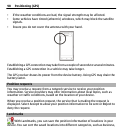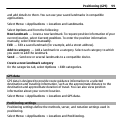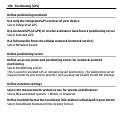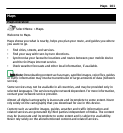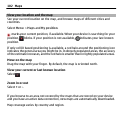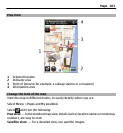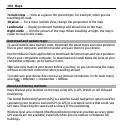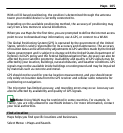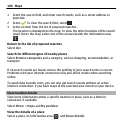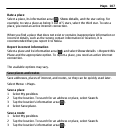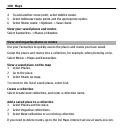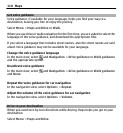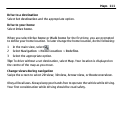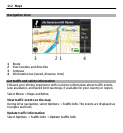
With cell ID based positioning, the position is determined through the antenna
tower your mobile device is currently connected to.
Depending on the available positioning method, the accuracy of positioning may
vary from a few metres to several kilometres.
When you use Maps for the first time, you are prompted to define the internet access
point to use to download map information, use A-GPS, or connect to a WLAN.
The Global Positioning System (GPS) is operated by the government of the United
States, which is solely responsible for its accuracy and maintenance. The accuracy
of location data can be affected by adjustments to GPS satellites made by the United
States government and is subject to change with the United States Department of
Defense civil GPS policy and the Federal Radionavigation Plan. Accuracy can also be
affected by poor satellite geometry. Availability and quality of GPS signals may be
affected by your location, buildings, natural obstacles, and weather conditions. GPS
signals may not be available inside buildings or underground and may be impaired
by materials such as concrete and metal.
GPS should not be used for precise location measurement, and you should never
rely solely on location data from the GPS receiver and cellular radio networks for
positioning or navigation.
The trip meter has limited accuracy, and rounding errors may occur. Accuracy can
also be affected by availability and quality of GPS signals.
Note: Using WLAN may be restricted in some countries. For example, in
France, you are only allowed to use WLAN indoors. For more information, contact
your local authorities.
Find a location
Maps helps you find specific locations and businesses.
Select Menu > Maps and Search.
Maps 105



